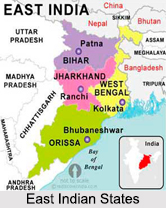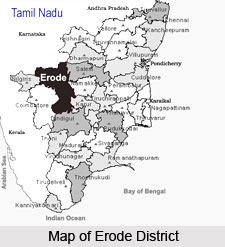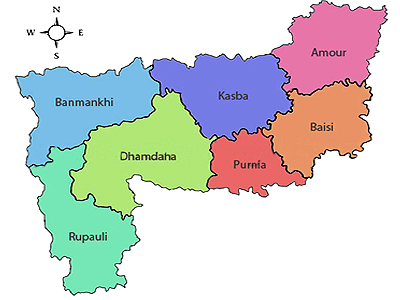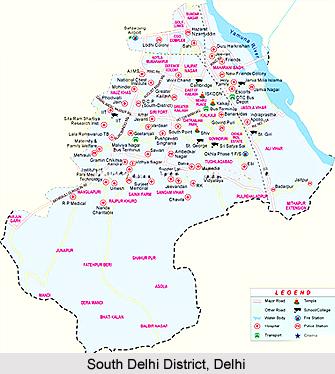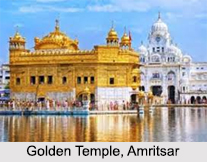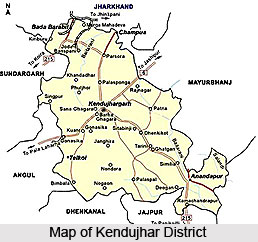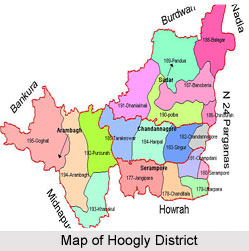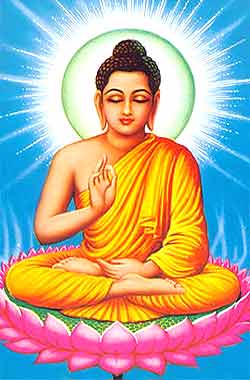 Ancient History of Bengal witnessed the invasion and rule of several rulers. New religion forayed into the soil of Bengal. Copper Age settlements in Bengal date back 4,000 years. Stone implements of pre historic times have been discovered in various districts of West Bengal which includes Midnapore, Bankura and Bardhaman and Sagardighi. However it is difficult to determine approximately the time when people had first settled in Bengal. It is also believed that they spoke languages like Austric or Austro-Asiatic languages like the present-day language spoken by Kola, Bhil, Santal, Shabara and Pulinda peoples.
Ancient History of Bengal witnessed the invasion and rule of several rulers. New religion forayed into the soil of Bengal. Copper Age settlements in Bengal date back 4,000 years. Stone implements of pre historic times have been discovered in various districts of West Bengal which includes Midnapore, Bankura and Bardhaman and Sagardighi. However it is difficult to determine approximately the time when people had first settled in Bengal. It is also believed that they spoke languages like Austric or Austro-Asiatic languages like the present-day language spoken by Kola, Bhil, Santal, Shabara and Pulinda peoples.
The literary evidences indicate that the primitive people in Bengal were different in ethnicity and culture from the Vedic people. Mahabharata speaks of Bengali kings known as Chitrasena and Samudrasena who were defeated by Bhima. Hindu scriptures suggest that prehistoric Bengal was divided among various tribes or kingdoms. They include Vanga (southern Bengal), Pundra (northern Bengal), and Suhma (western Bengal). It also suggests that they were not Indo-Aryans.
North and west Bengal were part of the Magadhan Empire. Southern Bengal thrived and became powerful with her overseas trade. After invasion of Alexander in 326 BCE the region again came to prominence. Alexander the Great withdrew from India foreseeing the valiant counter attack of Gangaridai Empire that was located in Bengal.
The pre-Gupta period of Bengal is mysterious. Before the invasion of Samudragupta, Bengal was divided into two kingdoms: Pushkarana and Samatata. Chandragupta II defeated an alliance of Vanga kings thereby Bengal becoming a part of the Gupta Empire.
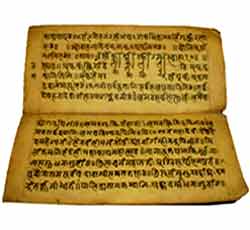
By the 6th century due to the break up of the Gupta Empire, Eastern Bengal broke into the kingdoms of Vanga, Samatata and Harikela. The Gauda King rose in the west with their capital at Karnasuvarna which is near modern Murshidabad. Shashanka who was a vassal of the last Gupta Empire unified the smaller principalities of Bengal (Gaur, Vanga, and Samatata). However post his death Bengal descended into a period that was marked with disunity and foreign invasion.
Pala Empire served Bengal as the first Buddhist dynasty. Bengal witnessed a golden rule under the rule of the Pala Empire. Stability and prosperity was seen in Bengal. They created many temples and works of art. The empire reached its peak under the rulers Dharmapala and Devapala.
Pala Empire declined after the death of Devapala which was rejuvenated by Mahipala I. However under Ramapala`s reign it declined again. Thereafter the rule of the Sena dynasty followed who brought Bengal under one ruler during the 12th century. Sena dynasty revived Hinduism and cultivated Sanskrit literature in India.
The caste system had become very rigid and the influence of Buddhism reduced. During this period Bengal developed its own Brahmanical tradition, rules and laws. Islam started spreading slowly in the Magadha region. However by this time Bengal had a self-sufficient village agrarian economy, a feudal system and a distinct regional identity, own language and script, artistic and cultural styles and distinct religious tradition.
